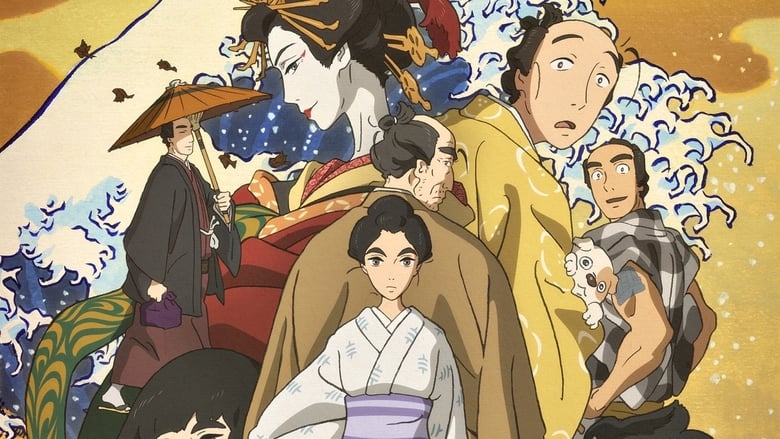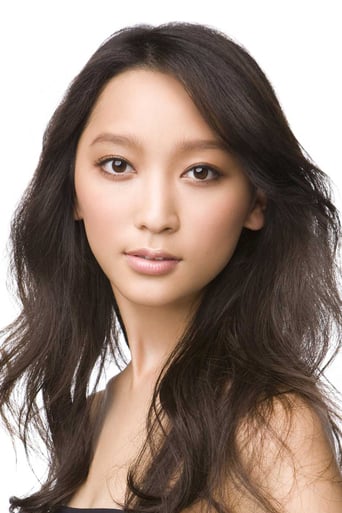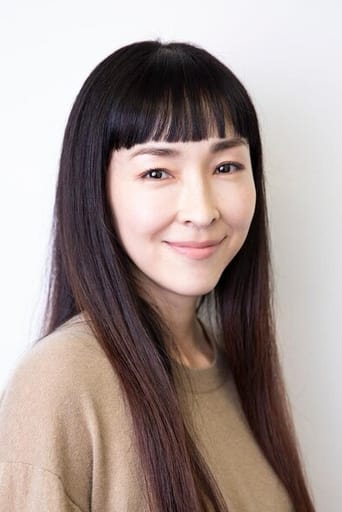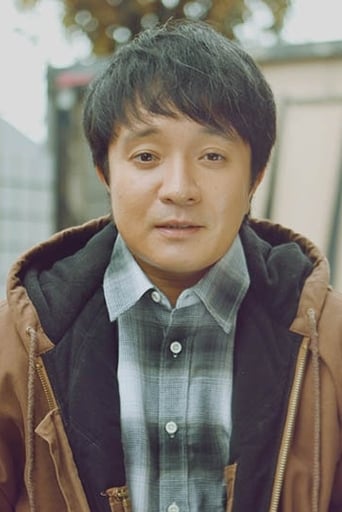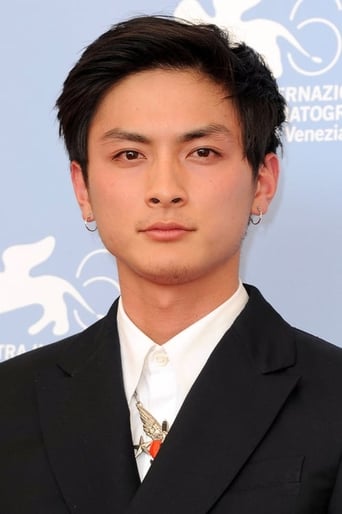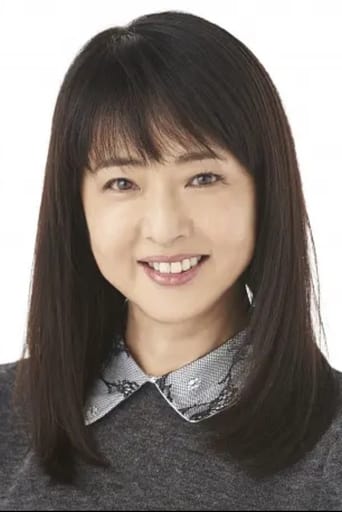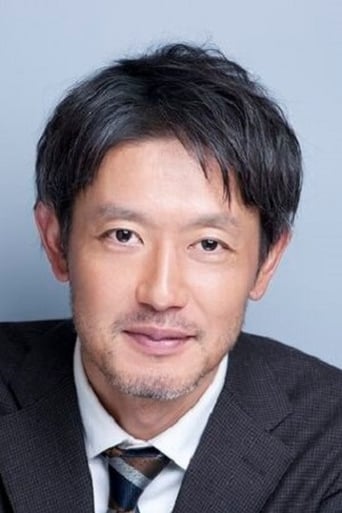
A daughter is constantly overshadowed by her famous father, but she is determined to make her own mark in the world.
Similar titles
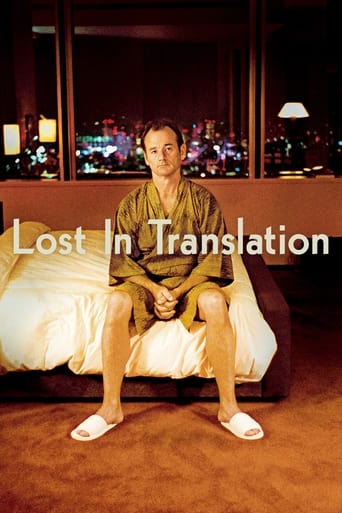
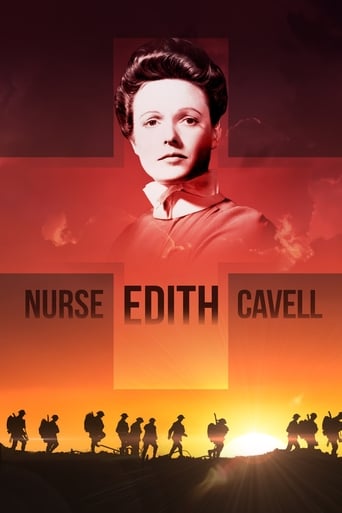
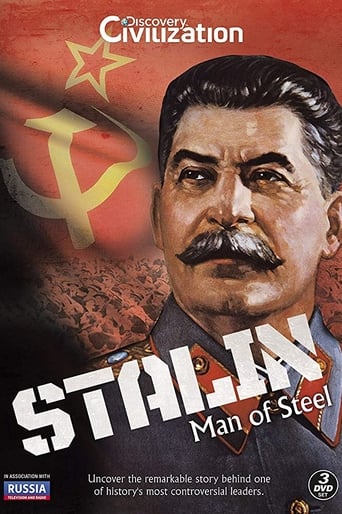

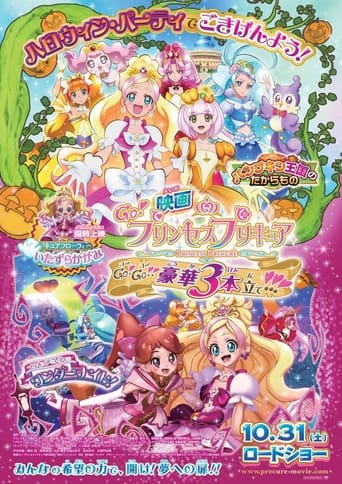
You May Also Like
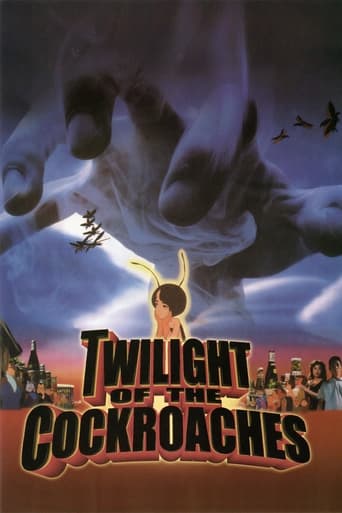
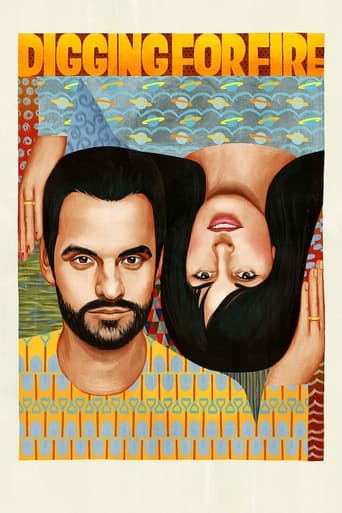
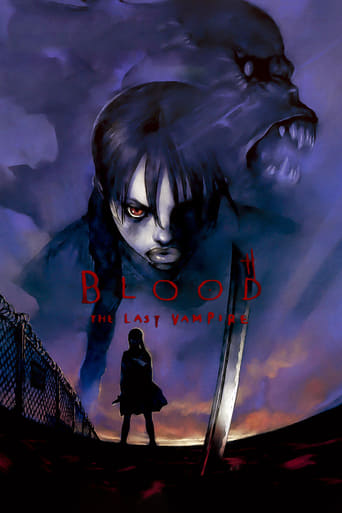
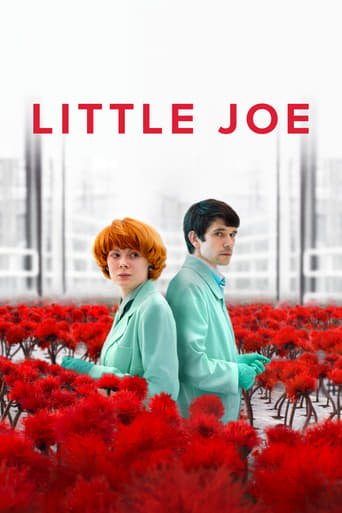
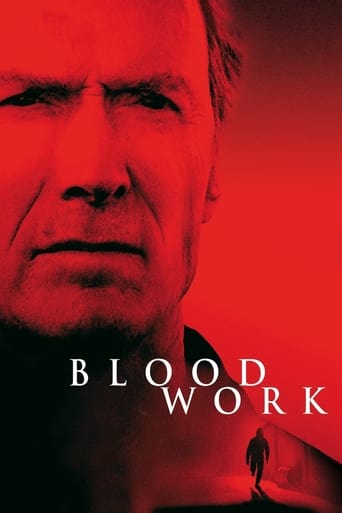
Reviews
Save your money for something good and enjoyable
Crappy film
This is one of the few movies I've ever seen where the whole audience broke into spontaneous, loud applause a third of the way in.
An old-fashioned movie made with new-fashioned finesse.
It's 1814 Edo, Japan. Tetsuzo is a famous painter. He lives with his daughter O-Ei. She also paints but he often critiques her work harshly. Zenjiro is a hanger-on, a former samurai who turned to painting. O-Ei hates Zenjiro's inferior work and ridicules him as Zen Zero. She often visits her blind half-sister O-Nao who lives with her mother and Tetsuzo rarely visits due to his aversion of the sick.This evokes a time and place. It paints two great characters. The plot is episodic in nature and I would like more in terms of plot development. I love the woman haunted by O-Ei's painting. There are great bits of a story. I don't know if O-Ei's character development is enough. I am intrigued by her visit to the brothel but it comes to nothing. In the end, she marries but it's left to a postscript text. The script needs a plot development rewrite. It paints a beautiful picture but the picture doesn't really move. Does she become a great artist? Does she find true love? Does sex release her artistry? Is she gay? Does death give her art new depths? There are so many questions but this movie is reluctant to answer them.
We meet O-Ei, grown daughter of the famous Japanese painter Hokusai. She has a younger sister, O-Nao, who is blind. (O-Ei's name was actually Katsushka Ōi, but it also appears as "O-Ei".) Hokusai is depicted as a gruff, single-minded man, living in his studio, apart from his wife and children. The blind young sister is invented - as is most of the rest of the story. But she plays a very important part.There are great moments here. One incredibly beautiful moment occurs near the end of the film. And of course, there's a delightful scene involving his most famous print, "The Great Wave off Kanagawa".The animation is beautifully done, in typical Japanese fashion. Not as beautifully as Miyazaki, but still, good.The story covers a lot of ground, including the Japanese form of erotic art (shunga). Part of that thread involves an important plot element.The musical score is very Western and modern, which could be a little off-putting. As the credits went by, I saw one of the song titles given in Spanish!.It's a movie that keeps you involved, and doesn't let you nod off.PS: Keep your eyes on the little dog that shows up at the beginning.
MISS HOKUSAI (MH) is an ambitious and visually sumptuous anime interpretation of the Edo period historical manga _Sarusuberi_, written/illustrated by Hinako Sugiura. The film is a brilliant exercise in the Japanese Buddhist concept of "everyday suchness." When you look at a centuries old Japanese painting of a young girl in a garden, staring into a bamboo aquarium containing goldfish and bare accouterments, you think you know what you see, but can you really see what the artist experienced to create that painting, let alone the ideas underlying the image? The source manga is disconnectedly episodic in nature and it's a real stretch to claim that there's any main character therein, even though the historical figure Katsushika Hokusai pops up repeatedly early in the series.Hokusai's most famous historical work is a woodblock print series, yet, for all of MH, we never see him work on a woodblock. We do see Hokusai paint. Are director Hara, screenwriter Maruo and ProductionIG messing with us? No. Hokusai is not the point of this story.The Edo period is a time when chronic illness turns to death in the blink of an eye. Although Hokusai pays little attention to healthy living, he's highly adverse to spending time with his terminally ill youngest daughter, for fear of catching something that might prevent him from living to be 100. For reasons known only to him, Hokusai believes he'll achieve artistic mastery at that nice round age.It's another daring move to make Hokusai's daughter, Katsushika O-Ei, the seemingly central character of MH. Yes, she's in nearly every frame, beautifully and sparingly drawn. Yes, MH is a feminist tale.O-Ei is the chosen vehicle for telling the anime's story which is larger than just her. She, too, is a rather accomplished painter. Later in the manga series, O-Ei grows more prominent, without becoming central. Don't expect anything from O-Ei, but do be mindful/aware as you observe her context. If you relax in your seat, this happens naturally. The only obligation is to remember.As in real life, O-Ei's personality is very much like her father's, yet O-Ei is judged by many, on screen and in the audience, as being "harsh" and "unlikeable," while drunken and slovenly Hokusai is well admired by many more.O-Ei is a woman far ahead of her time, even as she willingly carries out "traditional" duties of assisting her father in his work. She knows that she is honing her own skills through the experience, while being far from subservient.Valuable lessons, harsh though they may seem, from Hokusai to O-Ei, about composition and balance, are literally and tersely depicted in the context of the story's moment.O-Ei's highly opinionated and suffers no fools. She's pursued by some for her beauty and by others for her art. O-Ei is devoted to her sickly younger sister, O-Nao, and gets along well with her mother. O-Ei's hardly maladjusted.MH shows us everyday Edo period life as an artist, who just happens to be O-Ei, experiences it.We learn that O-Nao is blind and that she "sees," with her mind's eye, that the goldfish pets given to her by O-Ei are having great fun inside their bamboo aquarium, which brings O-Nao equal joy and respite from her illness.MH includes many direct representations of how elements of everyday life become ukiyo-e prints and paintings, often emphasized in perfectly timed freeze frames that do not interrupt the flow of the film.Sisters in a riverboat, fingers trailing in the rippling water, speculating about the dangers of rough open seas. Ripples become waves, becoming an imaginary tidal wave about to engulf the riverboat, scene turning into woodblock print. Visual poetry.O-Ei walking at sundown, through the shadows/light between city structures lining her way home. She passes Hokusai ambling along in the opposite direction across the street. As they pass, O-Ei is aware. Hokusai might not be. Both are in shadows, neither acknowledges the other. Then as O-Ei passes back into light, we see her admiring the fresh rays of light streaming between her fingers. A scene brimming with symbolism.(The more you know about Hokusai's work, the more Easter eggs you'll find in MH.) Mindfulness/awareness/context, within everyday life, are what MH is all about. Not "character development." Not "plot." Don't let western cultural conventions/blinders keep you from absorbing and enjoying what MH shows us about everyday suchness. O-Nao manages to see so many things within the limits of what her young mind can comprehend. At every step and turn, we all face limits, but everyday suchness allows for that. Too much is made about how trivially O-Ei's "marriage" is narratively tossed off in an end title card.The real O-Ei was briefly married to a fellow art student BEFORE she became an assistant to her ailing father. She divorced, because she found her husband to be a comically poor artist. She never had a need to remarry. The anime treats O-Ei's one marriage as seriously as she did. We see the gist of that "relationship" play out in O-Ei's later interactions with her male contemporaries in the film. ...Now, what do you see when you look at O-Ei's painting of O-Nao in a garden admiring her goldfish? Perhaps you see a contented blind girl, intently focused on the joyous watery sounds of her pets. She's also surrounded by the dotted red beauty of fallen tree blossoms all around her. The little girl, in a peaceful garden, is surrounded by death.O-Ei's painting is a wistful remembrance/celebration of her dearly departed sister, for which words can do no justice.That's the context of that centuries old painting. That's a deep taste of everyday suchness. That's the point of MISS HOKUSAI.
I have to admit this is not my favorite style of anime.I am the type that grew up on Dragonball Z and Akira, but at the same time, I can appreciate things like The Wind Rises and From Up on Poppy Hill.I wish I felt the same about Miss Hokusai, but I don't. It's one of those stories that does not need animation to be told. Not much of it did anything to exploit the use of this technique. it was very standard.On top of that, I thought the story was dull. based on the credits it's a loosely true story but most likely this woman's actual story would have been more interesting.Good for a few amusing laughs but not my cup of tea
Top Streaming Movies











